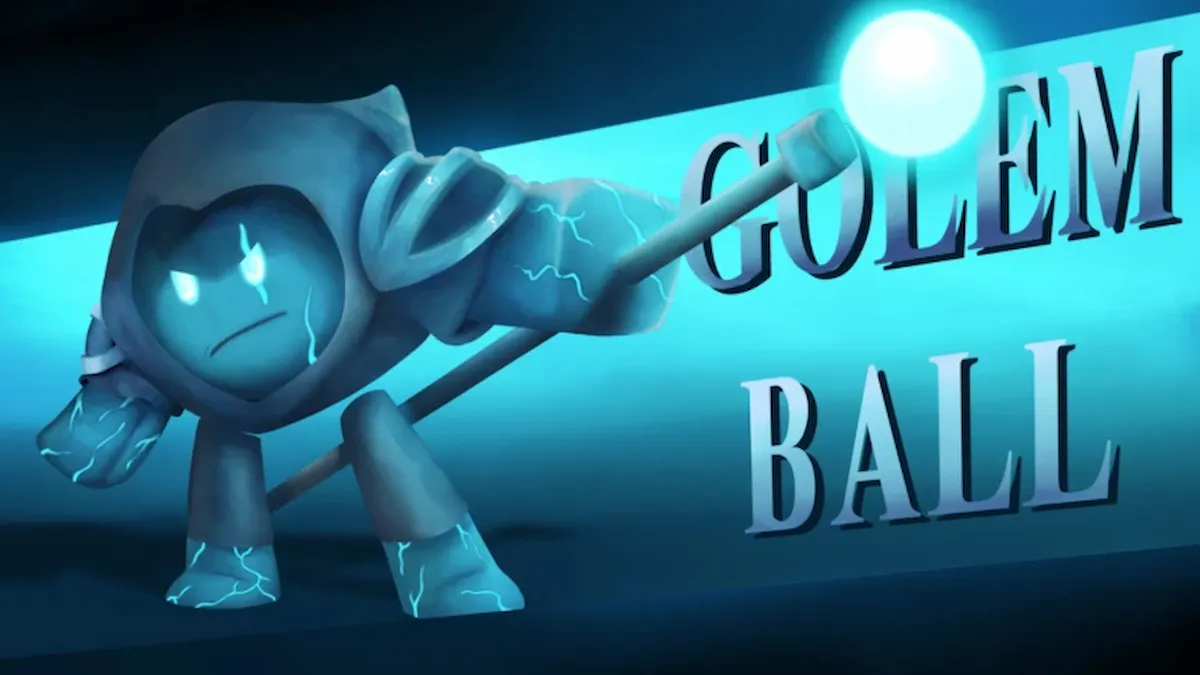Linger in the world of miniatures painting long enough and you’ll soon learn of the majesty, the precision, and the exotic allure of brushes made from 100% pure Kolinsky sable hair. From the animal also known as the Siberian weasel, or Mustela sibirica, Kolinsky sable hair is world-renowned for its ability to hold lots of paint in its bristles and shed that paint elegantly and smoothly during use, all while maintaining a crisp, sharp tip. It’s an elegant brush from a more civilized age, perfect for detail work like freehand and edge highlighting, and boy howdy is it hard to find those brushes in stores here in the United States.
I had always thought that was because of the popularity of brushes made from this unique kind of hair. But as it turns out, the story is much more complicated than that. Earlier this month I started calling around to experts in the brush-making industry, and that’s when I learned about an international agreement known as the Convention on International Trade in Endangered Species of Wild Fauna and Flora, better known as CITES (commonly pronounced site-eez).
CITES is an international treaty signed in Geneva, Switzerland, in 1973 that became effective in 1975. That makes it a long-standing fixture in the world of international trade. It’s used to both regulate and monitor the exchange of endangered species and materials derived from endangered species all around the world. But the document has three different sections, which list tens of thousands of species, and each of those sections serves a very different purpose.
Appendix I includes species that are threatened with extinction, full stop. This includes animals like the black rhino (Diceros bicornis), which is classified as critically endangered. According to the International Rhino Foundation, there are slightly more than 6,000 individuals alive in the wild, and CITES is one of the mechanisms that helps protect them by strictly prohibiting their international trade. Appendix II, on the other hand, includes species that are not necessarily threatened with extinction at this time, but whose populations are nonetheless fragile. Trade in species on Appendix II isn’t completely banned, but it is heavily monitored and regulated.
Finally, Appendix III lists those species that are considered protected in at least one country for any number of reasons. By adding species to Appendix III, signatories are requesting assistance from their international peers in monitoring or otherwise regulating their trade — but the species in Appendix III aren’t necessarily endangered.
“For the right reasons,” said Howard Kaufman, founder of Princeton Artist Brush Company, “we don’t want elephant tusks [to be harvested]; animals [to be] slaughtered for their skins; [or] for collectors to hang on their wall. [However], CITES, as it pertains to Kolinsky hair, is not correct.”
Kaufman believes that India, one of the CITES signatories, added the Kolinsky sable to CITES’ Appendix III in order to protect its native species of mongoose, which it considers a protected animal within that country. He believes that smugglers were, at least at one time in the past, passing off Kolinsky sable hair as if it were mongoose hair and thereby artificially increasing the international demand for mongoose. Therefore, in the eyes of the Indian government, the best way to protect the mongoose is to closely monitor trade of the Kolinsky sable as well, and CITES is one of the mechanisms used to do that.
Thing is, the Kolinsky sable isn’t endangered. It’s quite numerous in the wild throughout Russia and China. But its inclusion in CITES makes trading Kolinsky sable extraordinarily difficult — not impossible, like the trade in black rhino, but time-consuming and administratively cost prohibitive. That’s because importers and exporters are each responsible for the provenance of their Kolinsky sable hair, down to the individual gram, and for documenting the material’s chain of custody as it moves around the world.
Kaufman has had personal experience with what can go wrong when that documentation gets messed up.
“I got called in [by customs] one time because the German government did not fill in one of the boxes on the CITES certificate,” Kaufman recalled. “When the shipment got here, U.S. Customs and Fish and Wildlife said, ‘The form isn’t properly filled out.’ [...] The German government — I swear on my life — sent an email to Fish and Wildlife in Washington, D.C., apologizing for their clerical error [...] and the U.S. government still wouldn’t release the shipment to me.”
Faced with the potential of an expensive, possibly yearslong battle in the courts over a pile of weasel hair, Kaufman instead left his shipment with officials, who most likely destroyed it rather than hold it in storage. It’s for this reason that Kolinsky sable-hair brushes are so hard to come by here in the U.S. Yes, you can find them from time to time on Amazon, as I have. You can occasionally find them also in art supply stores. Even Kaufman’s Princeton, now owned by Dixon Ticonderoga, still makes them on occasion. But the commercial future of the material is bleak, he said, mainly because of the required level of administrative oversight and the financial risks when things go wrong.
Kaufman isn’t alone in that analysis of the situation from a commercial perspective, but other experts disagree. A study published in 2021, for instance, actually found that the current levels of European trade in Kolinsky sable hair may represent a risk to the species as a whole. “Given the large number of Siberian weasels that are killed and traded each year,” wrote the authors, “further analysis into this trade is urgently needed to clarify whether the trade is sustainable or not, and how it is impacting their populations.” The authors even argue that trade in Mustela sibirica hair could stand to be restricted even more, moving the species fully into Appendix II in the future.
Thankfully, synthetic materials — that is, manufactured hair made through industrial processes — are currently available on the market, and Kaufman says those materials are better than ever before.
“Synthetics have become really good quality,” Kaufman said. “It’s not impossible, but it’s challenging to see the difference [between them and Kolinsky sable hair]. The synthetics are so much like natural hair, [especially with] how the hair is treated and what’s done to it, that I’ve had people at trade shows, artists, pick up our brushes and say to me [...], ‘This must be pure squirrel or pure sable.’ And I’ll go, ‘No, it’s synthetic.’”
It’s for those reasons, Kaufman said, that the sale of Kolinsky sable-hair brushes is in such a precipitous decline here in the U.S. If the end user can’t tell the difference, why go through the hassle of importing hair from an animal that may be at risk? Worse still is how one infraction can lead to more rigorous oversight in the future at the border.
“If the U.S. government catches you importing without a CITES certificate,” Kaufman reiterated, “as a manufacturer – as Princeton or Dixon — if you bring something in and it doesn’t get by them, you’re dead. You’re going to get on their you-know-what list.”
And, especially with the heavy-handed methods of the incoming Trump administration, that’s likely a list that no one wants to be on.
For myself, I’ll keep on using the Kolinsky sable-hair brushes that I already have, but only for extremely detailed work. For everyday paint slingin’, synthetics seem to be the most reasonable way to go.

 4 hours ago
11
4 hours ago
11








![Anime Reborn Units Tier List [RELEASE] (November 2024)](https://www.destructoid.com/wp-content/uploads/2024/11/anime-reborn-units-tier-list.jpg)
